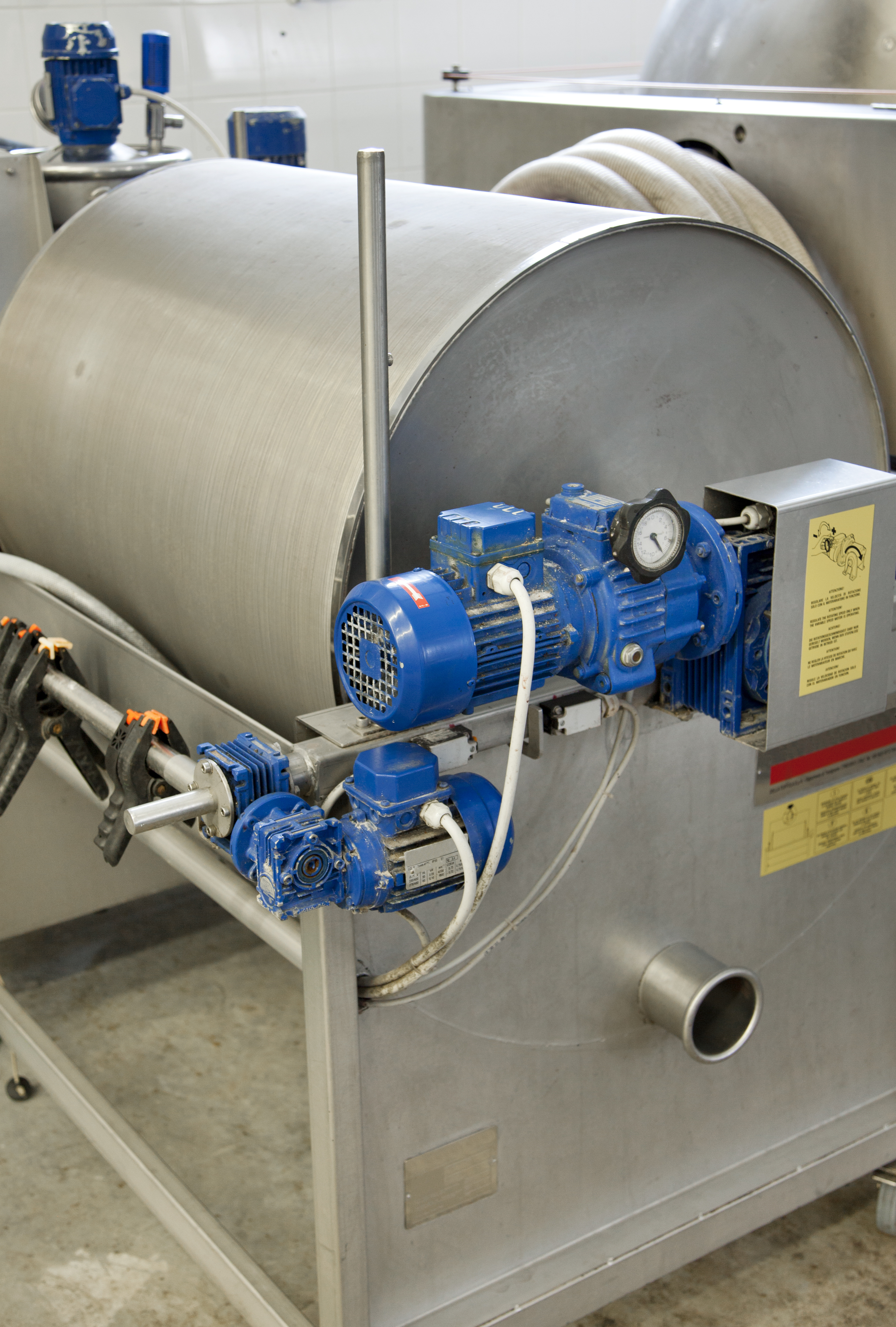Analytical investigation for optimizing the filtration of a sodium fluoride pulp supplying a rotary table (LA15)
ISSUE
In a spent pot lining (SPL) treatment plant, the sodium fluoride was precipitated in an evaporator before being filtered on a rotary table. Additionally, the changes in the raw material composition have generated sodium carbonate particles into the pulp that requires filtration along with the precipitated sodium fluoride. This change in the pulp composition had a significant impact in reducing the efficiency of the rotary table to reach nearly 80% of its filtration capacity.
TECHNOLOGICAL CHALLENGE
The objective is to determine the root causes that reduce filtration capacity of the rotary table and to identify the most economical solution to restore its original filtration capacity.
RECOMMENDED SOLUTION
An analytical investigation conducted by STS Canada demonstrated that the loss of filtration capacity was due to the tiny size of the sodium carbonate particles, which resulted in a significant decrease in the cake porosity. The recommended solution was making a preliminary classification of the precipitate to send the coarse particles to the rotary table and the fine fraction to a drum filter that was not used in the factory.
RESULTS
The application of the proposed solution has restored the filtration capacity of the rotating filtration table of the spent pot lining processing plant to its initial level.

SECTOR
Aluminum smelter
Mine and foundry
LEVEL OF INTERVENTION
Analytical investigation